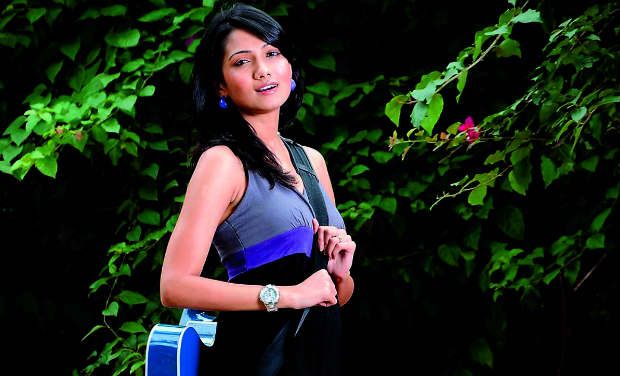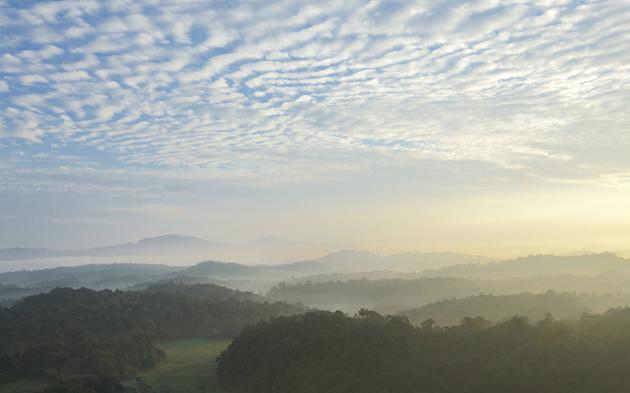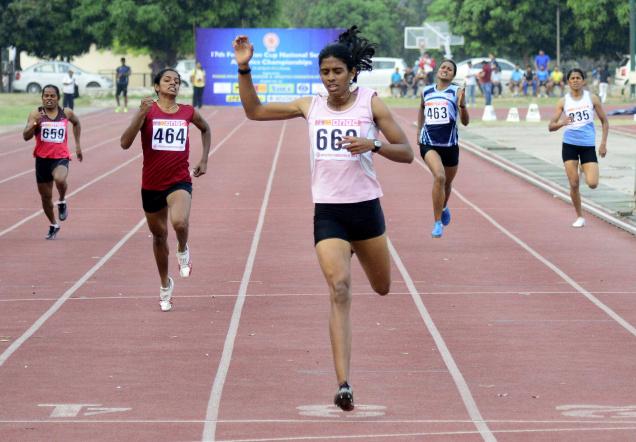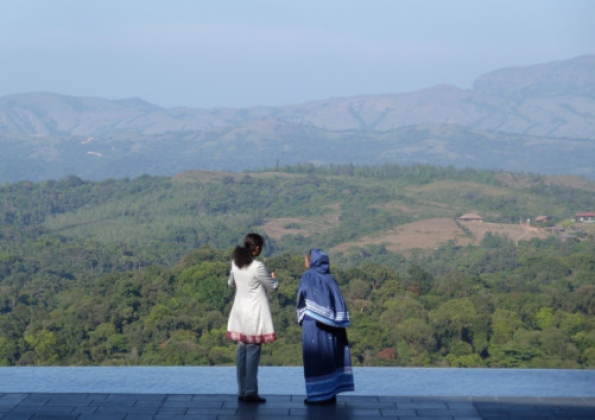
Forget the big cities, Stephen McClarence discovers the charm of small-town India in the Coorg district.
You’ve almost certainly had a phone conversation – however brief – with someone in Bangalore, the boom city of South India.
Fifteen years ago, it was a sleepy old-worldly place, green and gracious. So many people went to retire there that it was called the Pensioners’ Paradise. Now, thanks to its burgeoning call centres, it’s the most dazzlingly modern of India’s cities, full of high-rise office blocks, shopping malls, and aspirational, high-spending young people.
The greenness is in shorter supply these days. “What used to be here?” I once asked a man showing me round a techno-park boasting IBM and Microsoft. “Nothing was here,” he said. “Only forest.”
In just such a forest, four hours’ drive to the west, naturalist Sanjeev Kumar is taking a wry view of Bangalore’s headlong development. “When I was a boy there, we used to have to wait an hour for a bus,” he says. “Now a bus comes every five minutes, and we have to wait an hour in the traffic.”
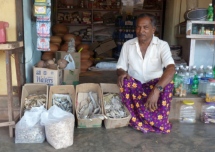
Butterflies flutter past like floating tissue paper as Sanjeev leads my wife and I on a forest walk. “Maybe we will see a Malabar whistling thrush,” he whispers. “I was once playing the flute and as soon as I stopped, it carried on with the same tune.” A bird starts singing high in a nearby tree. “No, no, that’s a barbet.”
We’re a few miles outside the small town of Madikeri, far from the main tourist routes. Goa, to the north, is a familiar destination for Brits; so is Kerala, to the south. But Madikeri, capital of a district called Coorg, is unknown to many Indians, never mind foreigners.
That’s likely to change. High in the hills at nearly 3,500ft, and surrounded by rubber and coffee plantations, it has a new luxury resort: Vivanta by Taj, Madikeri. More than 60 cottages and villas are dotted down a hillside, with electric buggies ferrying guests from one spectacular viewpoint to another. Vast panoramas of rainforest and misty blue mountains stretch all around.
As a retreat, a scenic eyrie, it could hardly be bettered, but for us Madikeri itself turns out to be as great a lure. It’s a perfectly ordinary small Indian town, and that’s its charm. The wheel of life turns considerably slower than in the cities; people have time to talk to each other and to strangers; we have a delightful couple of days exploring it.
Some 40 years ago, the great travel writer Dervla Murphy chronicled her two-month stay here in the engaging On a Shoestring to Coorg. She likened the area, once British India’s smallest province, to the Garden of Eden, a place where “a civilised harmony still exists between landscape and people.”
She explored Madikeri’s library, where “earnest-looking young men were sitting around large tables studying fat tomes, or consulting yellowed newspaper files.” Similar young men – perhaps the originals’ grandsons – are still here, still studying and consulting. The dusty shelves behind them buckle under the weight of the fat tomes. Upstairs, string-tied bundles of monsoon-ravaged documents are stacked high, like slag heaps of bureaucracy.
Next door, a yellow-distempered British church has become a museum. Religious sculptures from the 12th-century share space with a portrait of George V, a watchful stuffed leopard and a Victorian portable typewriter. Also a rusty trunk, labelled “Trunk”. The walls are still lined with colonial monuments: “Molly, for over 30 years the dearly loved and loyal, faithful and devoted wife and pal of Lt Col Sir Richard Burke, late Resident of Mysore”.
We’ve caught the town’s Friday market. The streets are full of traders selling garlic, honey, trainers, chillies, wall clocks, dried fish by the barrelful, sachets of rat poison. The traders are courteous, and curious about us. Many have the characteristic caramel-coloured complexions and aquiline noses of Coorg people, said to be descended from Greeks who got lost.
We buy coffee and aniseed from Mr Shoukath Ali’s spice stall, piled high but neat with cardamom, cinnamon, cashew nuts, cloves. “Dates from Iran,” says Mr Ali. “Figs from Afghanistan.” A tiny old man joins us, his face lined like runes: Mr Yusoof, Mr Ali’s landlord, still working at 85. He sits watching, shrewdly, and, as I take a photograph he darts forward to be in the picture, giggling.
We need to change money. “Be seated,” says the bank clerk, and a zen-like hour of paperwork stretches ahead. Ledgers are entered, forms are filled in, and I take them to another clerk who gives me a metal token, numbered 87, to keep until the cashier calls me over.
Raju Shah, a businessman clutching Token No 86, sighs about the laboriousness of it all, but it gives us a chance to talk. He recommends a restaurant and guides us to it. His wife, Dimple, invites us to call round.
The whole town feels pleasantly suspended in a gentler time, nowhere more so than at the 130-year-old North Coorg Club, where retired coffee planters and army and air force officers gather in the evening to play bridge and billiards. Little seems to have changed since Indian independence in 1947, when decades of club presidents called Mr Frazer, Mr Pritchard and Mr Humphries made way for Mr Chengappa.
Madikeri is how Bangalore used to be, we reflect as we drive to the call-centre city to catch a train north. On the way we have lunch at a pleasant roadside cafe called Prashanti. “‘Prashant’ means ‘place of peace’,” the owner explains. A Bollywood soap opera blasts at full volume from a TV in the corner. We’re suddenly back in the 21st- century.
Getting there
Cox & Kings (0845 154 8941, www.coxandkings.co.uk) has seven-night breaks from £1,695pp, including three nights at Vivanta by Taj, Coorg and four at Vivanta by Taj, Bekal, a wonderfully relaxing garden-village resort 50 miles away in Kerala. The price includes breakfasts, private transfers and international flights with Emirates.
Visit www.tajhotels.com for more information on the hotels.
Stephen McClarence travelled to London (for his flight) with East Midlands Trains. 0845 712 5678, www.eastmidlandstrains.co.uk
source: http://www.yorkshirepost.com / Yorkshire Post / Home> Lifestyle> Outdoors> Travel / by Stephen McClarence / April 29th, 2013
